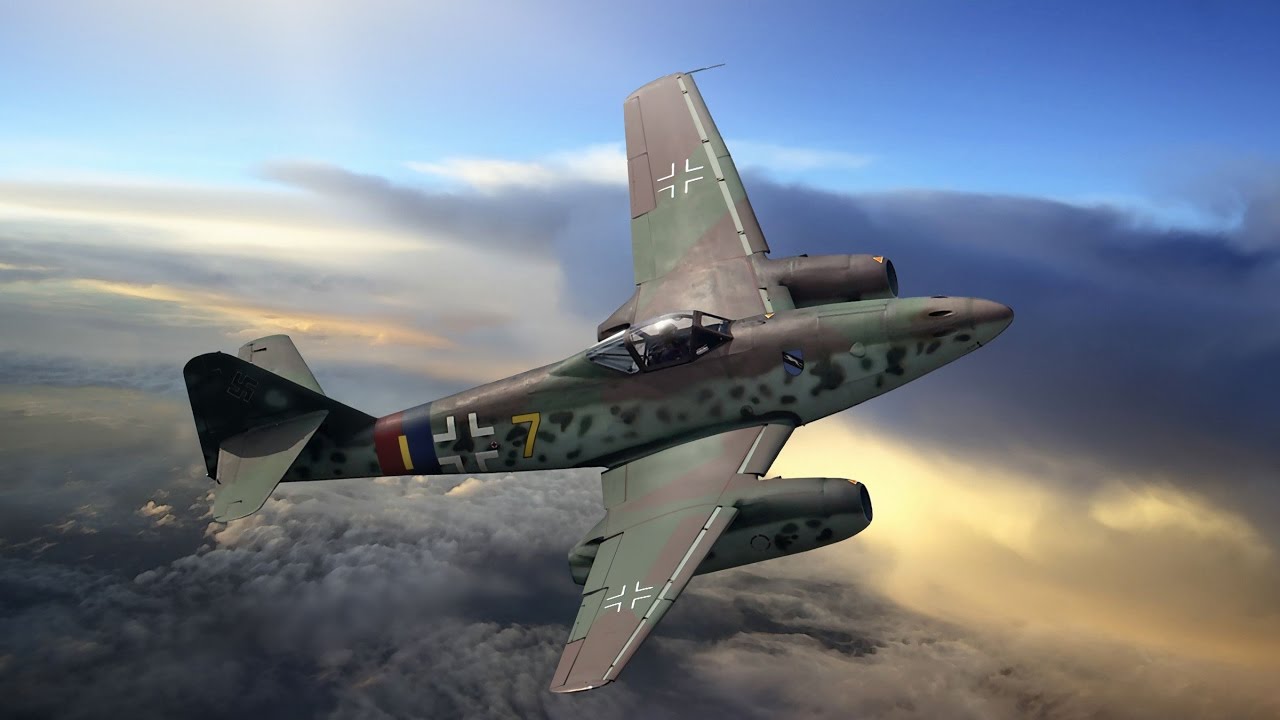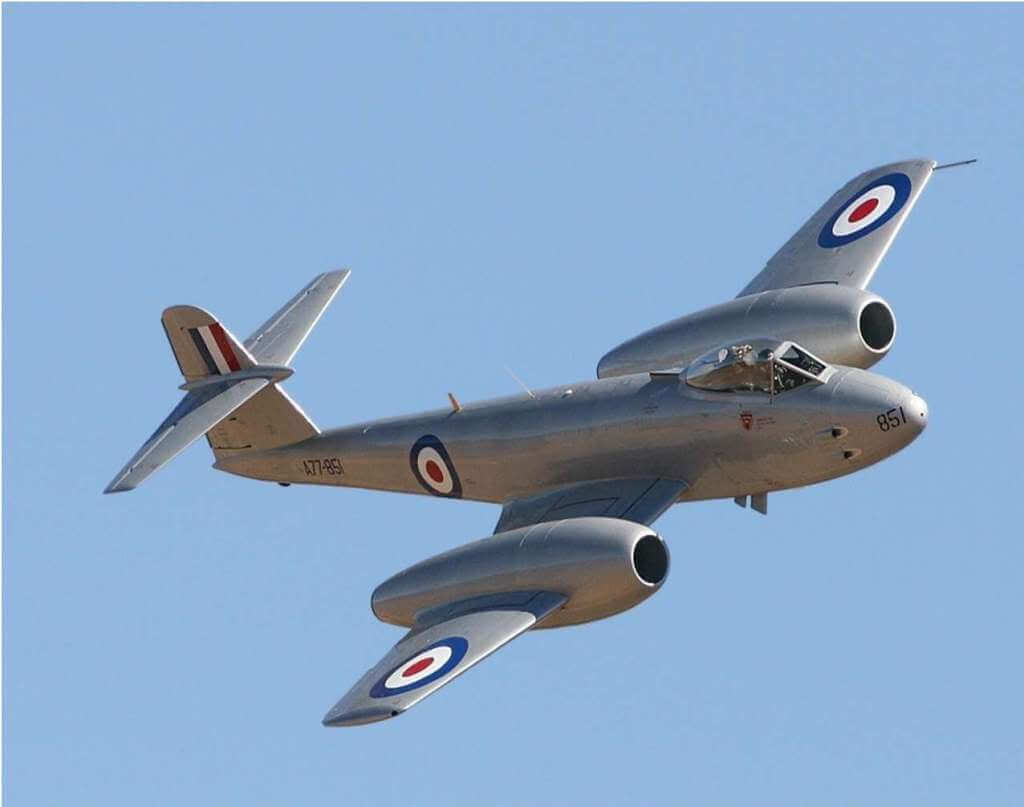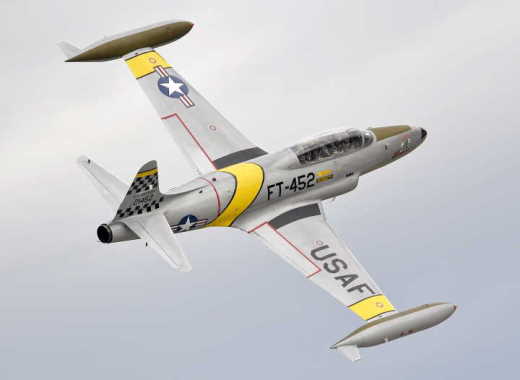World War 2 Fighter Aircraft
Dawn Of The Jet Age
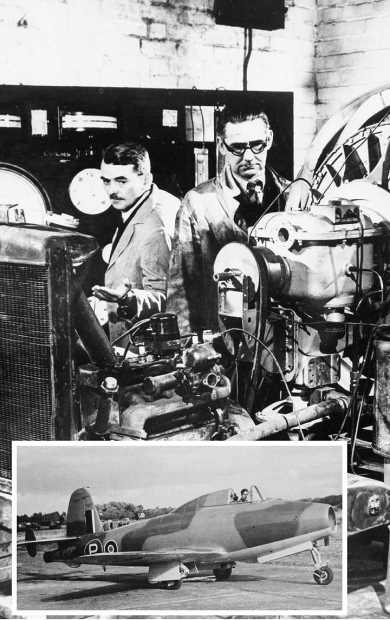
The Whittle W.2/700 Engine
Jet propulsion is an application of Isaac Newton’s 1697 Third Law of Motion: For every action there is an equal and opposite reaction. Thrust out the back moves the aircraft forward.
In 2006 Walter Boyne wrote: No one who witnessed the first flight by a jet aircraft had any idea of the revolution that the jet engine would bring. The secret flight in Germany of the Heinkel He-178 on Aug. 27, 1939, led to revolutions in aviation, warfare, transportation, politics, and the world economy. A functioning jet engine was realized at about the same time by two independent inventors, British Frank Whittle and German Hans Pabst von Ohain. They could not have differed more in personality.
They approached the problem of creating a jet engine differently as well. Whittle totally immersed himself in the hands-on work, subcontracting out only those elements that were too complex for him to build. He was constantly applying theory to, and deriving theory from, the engine as it progressed. In contrast, von Ohain was not a mechanic and taught himself to be an engineer only after he had received his doctorate. He hired a skilled mechanic to create the original model engine and then worked within the framework of a large aircraft company to bring the engine to fruition. Whittle was totally unaware of von Ohain’s work. Von Ohain was conscious of other efforts to patent a jet engine but did not draw upon any of the available knowledge. His preferred operating style was to work out his own ideas first, then see what others had done. The two men had three things in common: initial governmental failure to recognize the immense potential of their experiments, totally inadequate rewards for their great invention; and extravagant exploitation of their efforts by others. The direct beneficiary of Jet technology were the P-80, ME-262 and Gloster Meteor
World War II Trivia

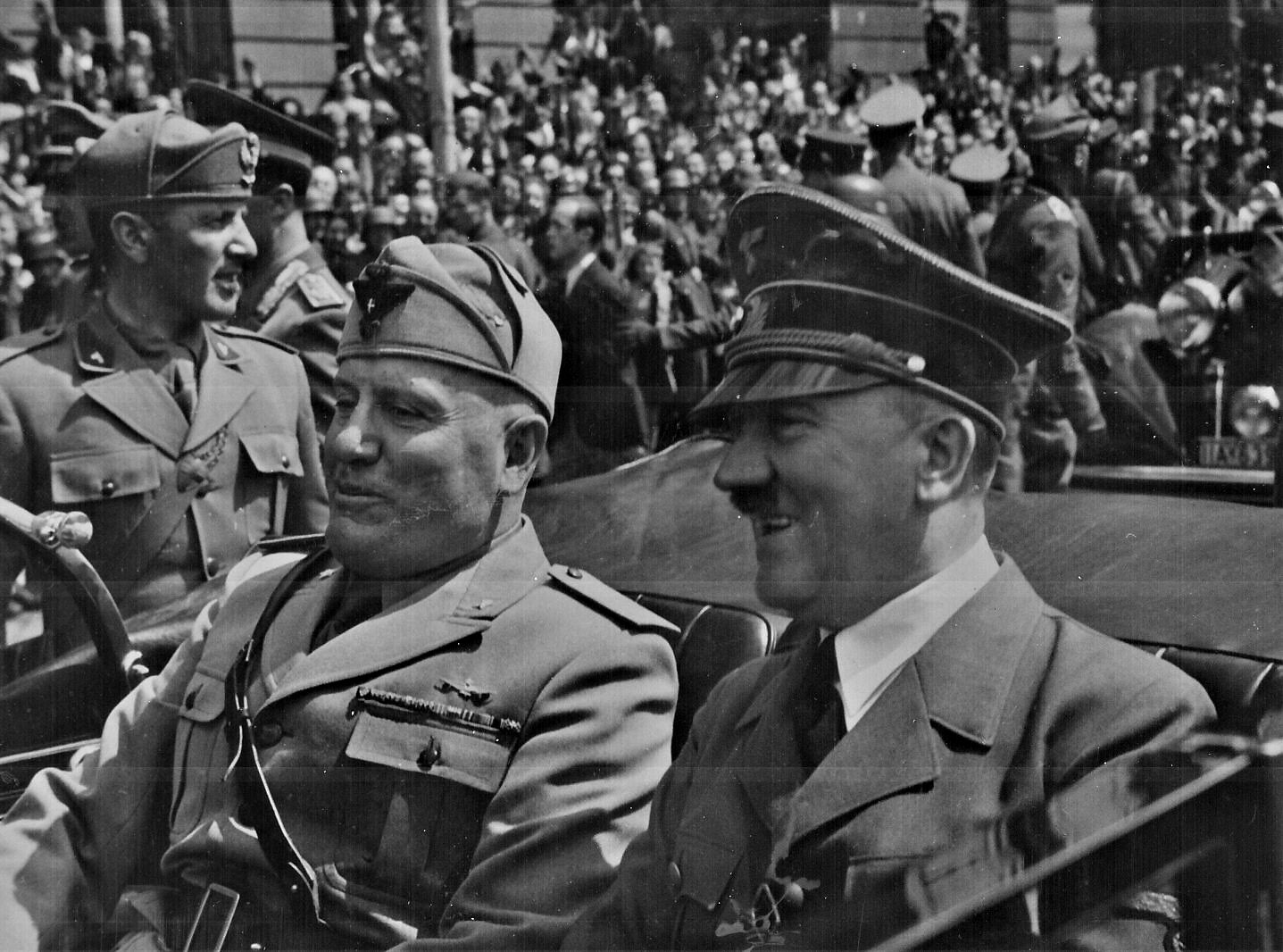



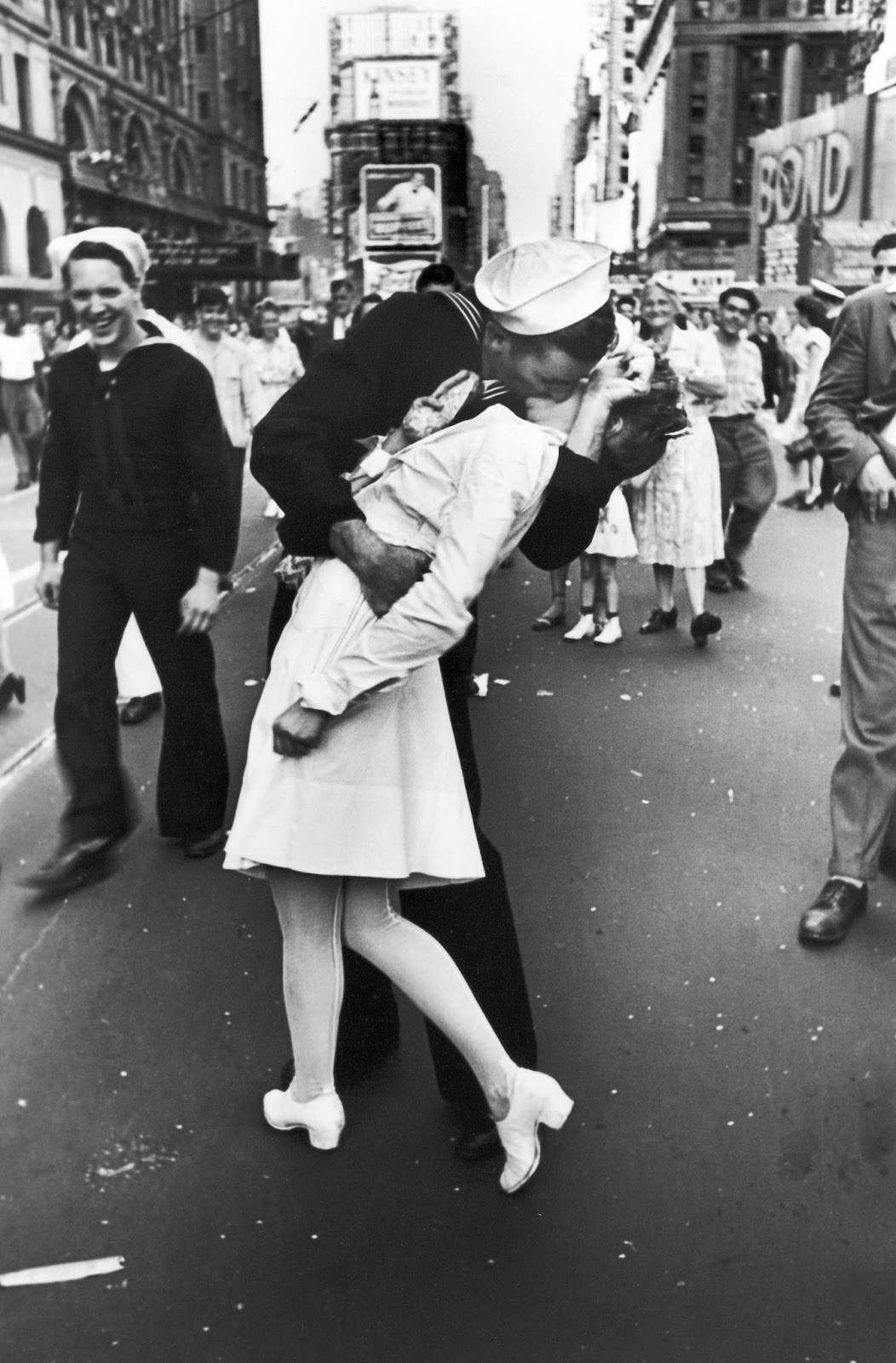
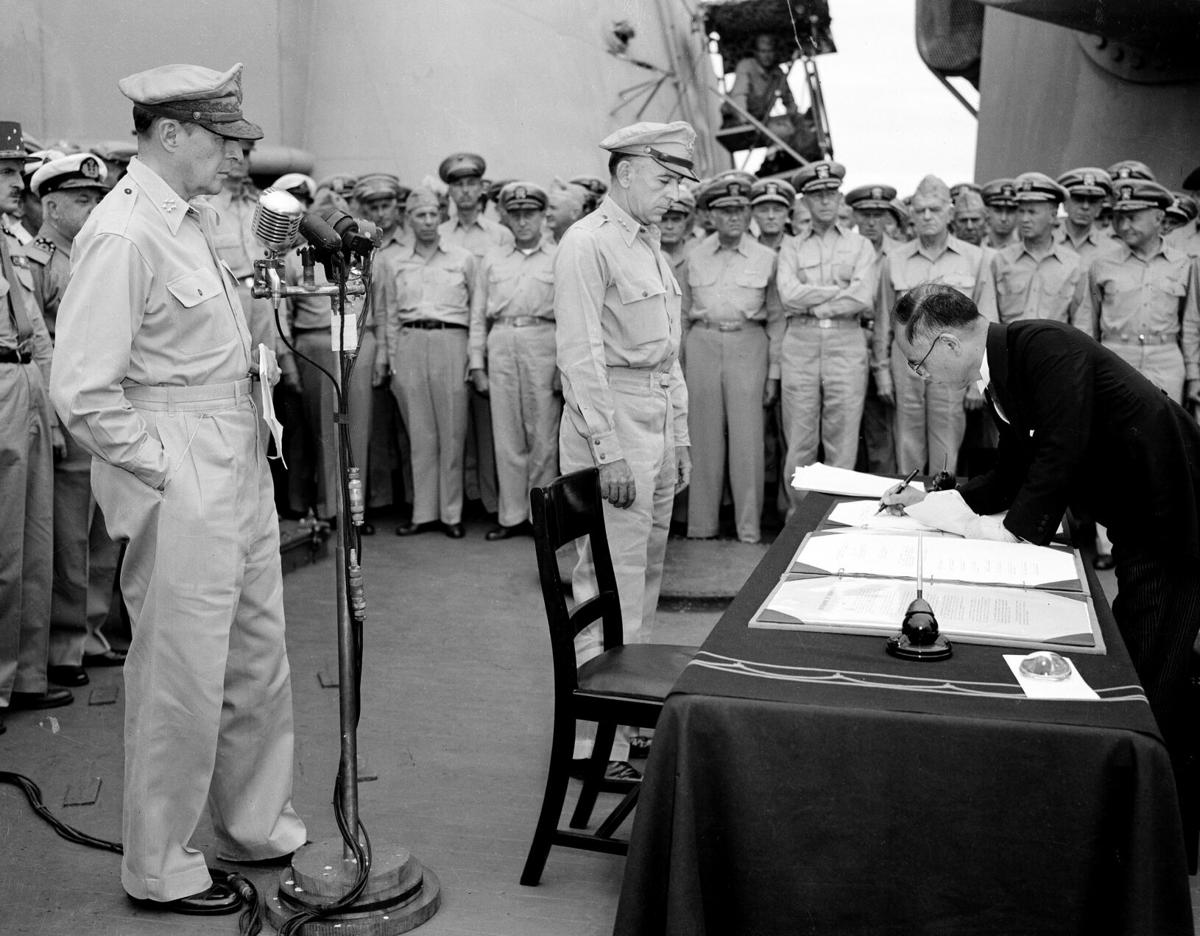

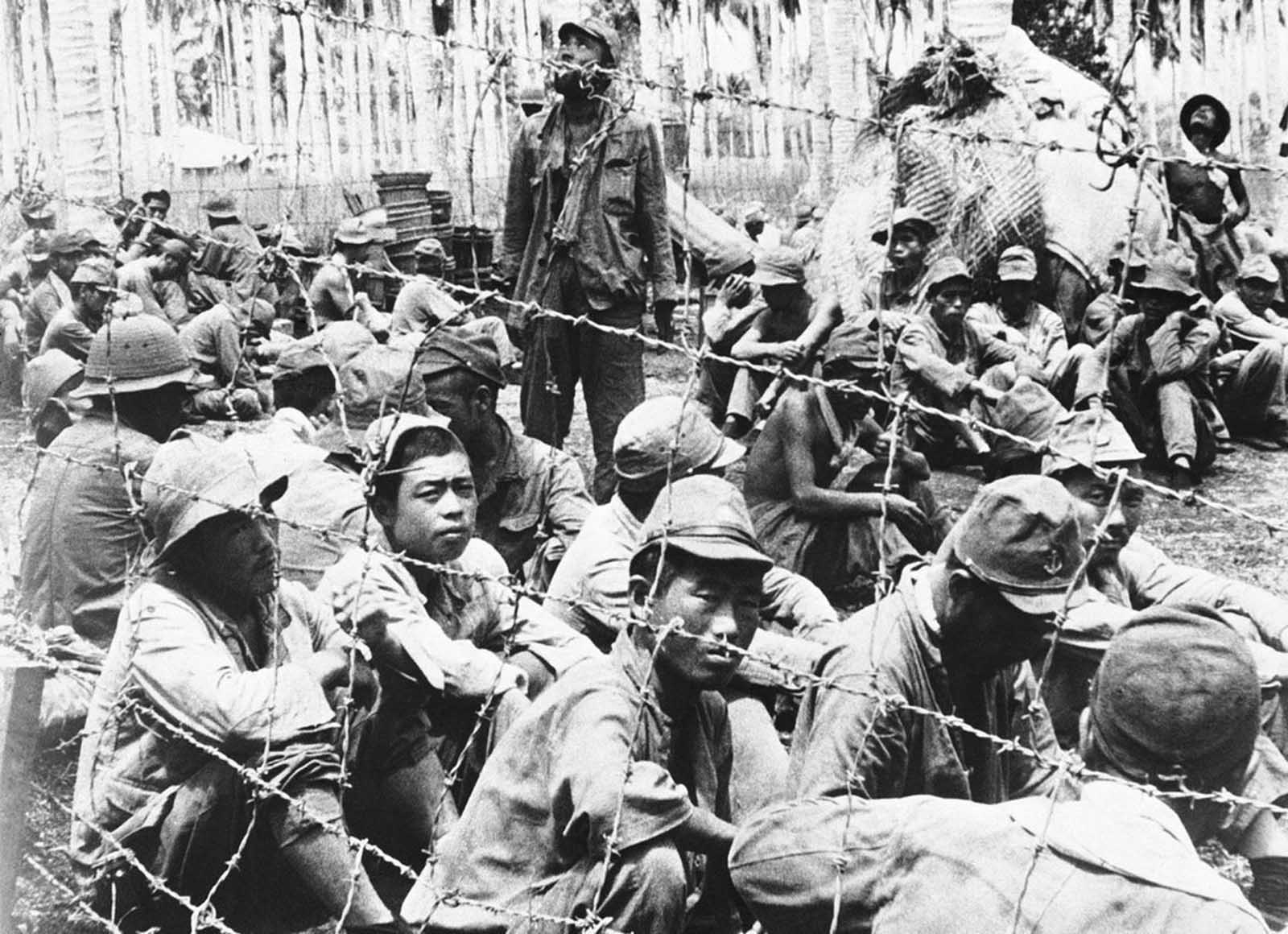
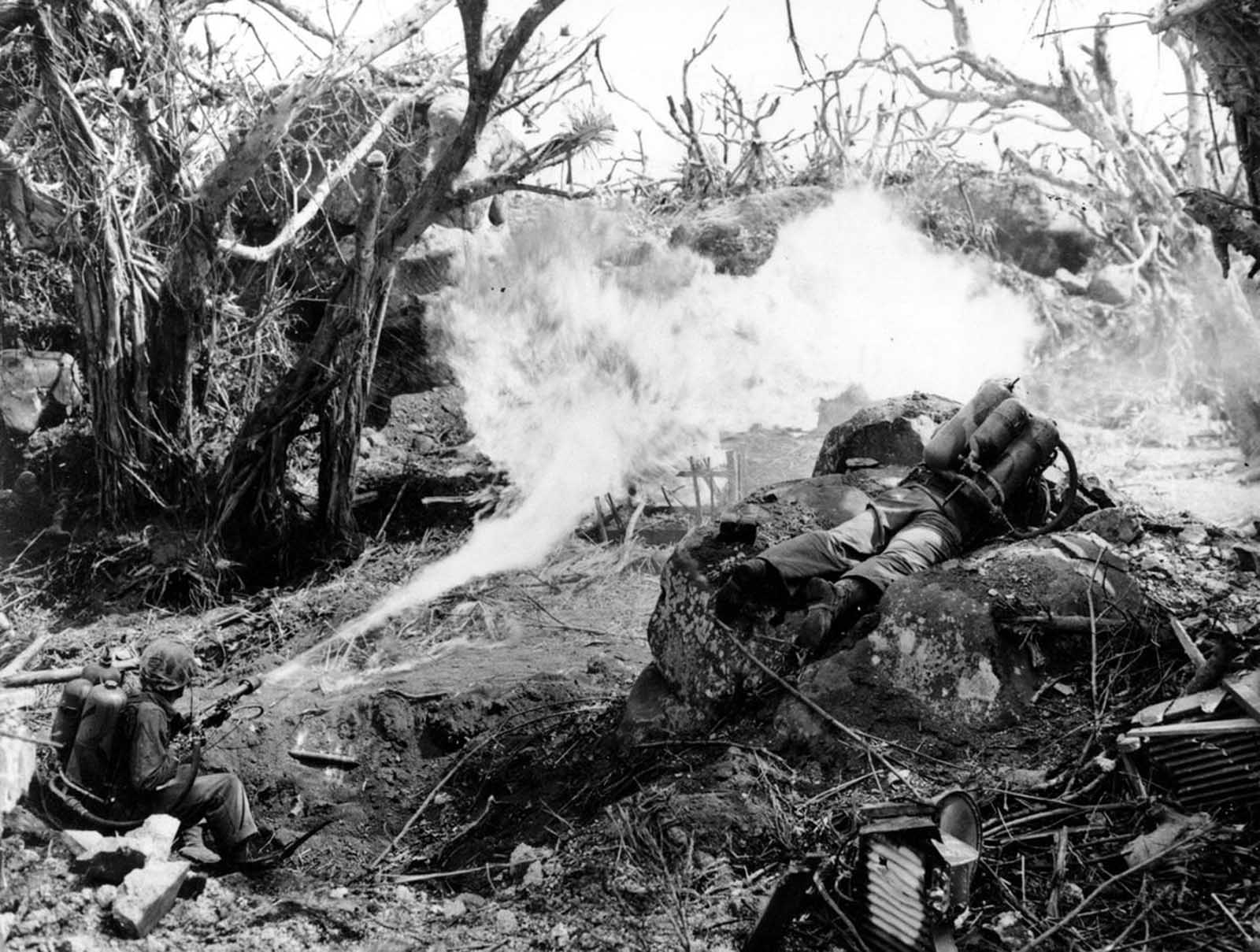
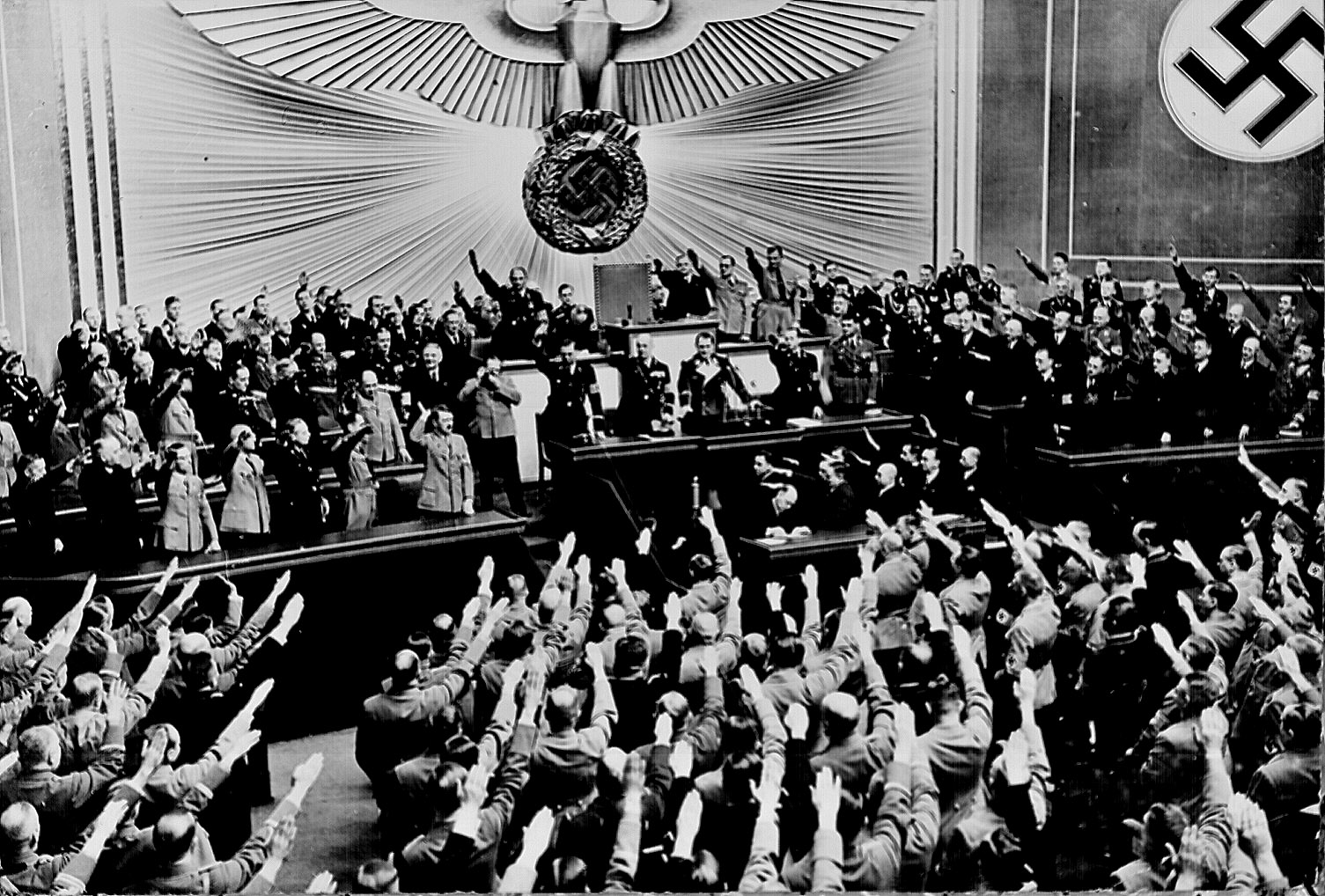
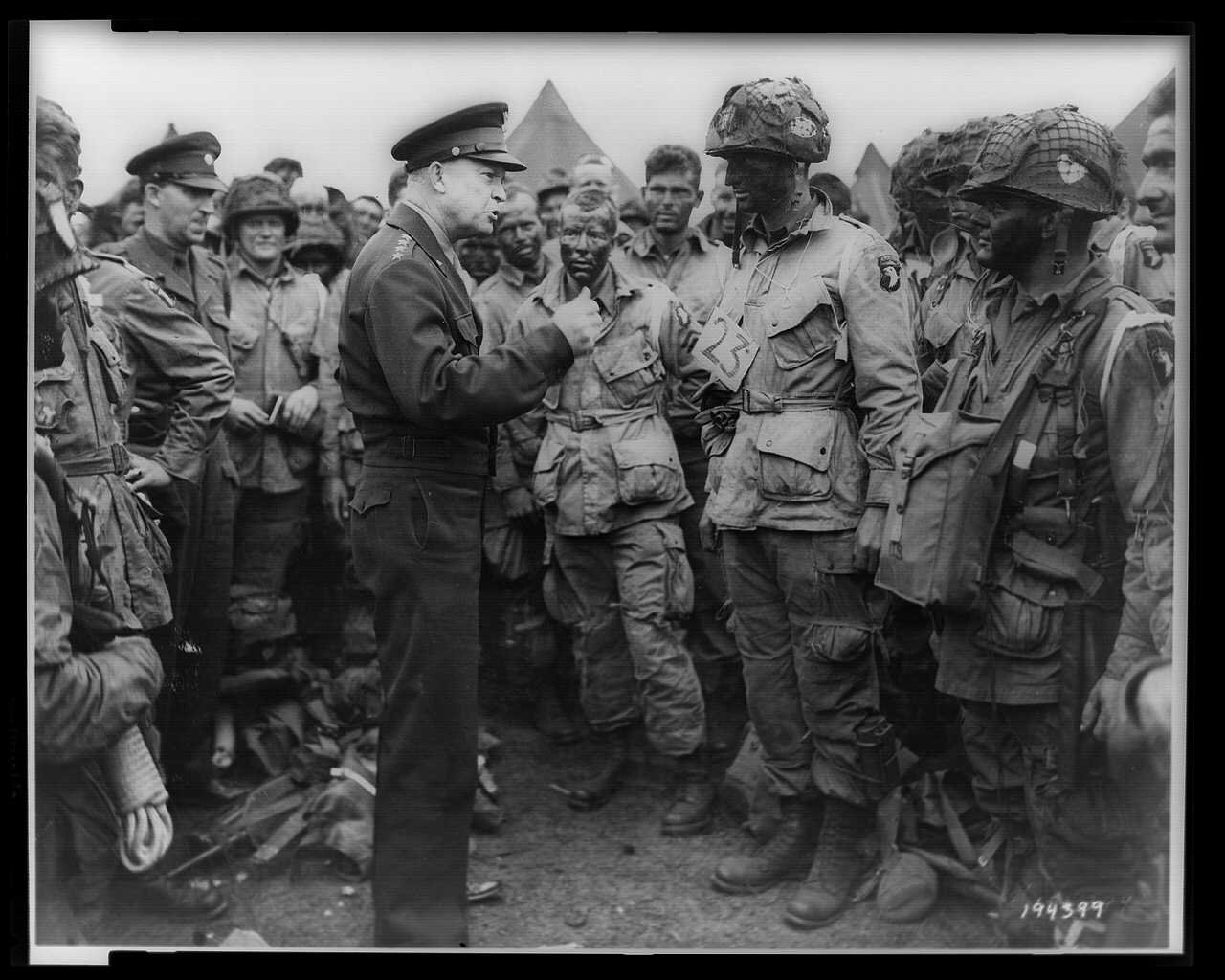
Test Your WWII Knowledge - Dynamic Quiz
WW2-Fighter Aircraft Designation
Both the Allies and Axis used a complexed system to identify fighter aircraft at different stages of development. Some of these designations are fairly, obvious. In the US, the system in use since 1962 is known as the Tri-Service Aircraft Designation System. An agreement between the US armed forces to feature a unified system of naming its fixed-wing and rotary craft.
During World War II the Army Air Force used the "P" designation, which stood for pursuit, on a wide variety of its fighter aircraft, like the P-51 Mustang, P-47 Thunderbolt and P-38 Lightning. While at the same time, the Navy utilized the "F" designation for its fighter aircraft. The primary designation of an aircraft is a given series of letter and numeric codes prefixes that outline the mission, model, subtype, serial, and facility in which the aircraft was produced.
Such a case was the P-51D Mustang. The “P” indicted a pursuit designation, while the “51” indicated Army’s 51st pursuit plane either in testing or production stage. And finally the “D” indicates the sequence number of this model, such as A, B, C. In the case of the Navy, The Grumman F6F Hellcat is a good example to observe. Of course, the “F” designation indicates Fighter. The “6” indicates the 6th sequence of Grumman fighter aircraft and the latter “F” indicates the company code assigned to Grumman.
The British, Russians, Germans and Japanese utilized a system based on the production company as the leading indicator of their aircraft. In the case of the British Supermarine Spitfire Mark V, the Mark V is the variant of that model. The Mk.24 was the last Spitfire variant to be delivered in February 1948.
WW2-Selecting The Best Of The Best
As World War II ravaged the continents of Africa, Europe and the Islands of the Pacific, the way in which armies fought was forever changed by the emergence of airpower as the dominant force in determining the offensive and defensive capabilities of a nation. The Second World War saw the combatants race to outdo one another in designing, manufacturing, and fielding, ever improved weapons to gain an edge over their foes. Nowhere was that rivalry fiercer and more marked than in the air, where the technological state of art progressed in leaps and bounds, with steady and rapid improvements in plane designs, metallurgy, and engines that grew in power and efficiency with each passing year. The war saw fighter aircraft progress from piston driven planes at war’s beginning, to the dawn of the jet age by war’s end.
So which fighter aircraft of the second world war is the best? There can never be a singular answer to this question. Maybe. At some point the arguments for and against the leading aircraft converge into an unresolvable debate. The reason for this is that there can never be a wholly objective measure to apply to the various designs due to many, many factors - among which are timing of development and deployment, pilot training, logistics, battle circumstances, and of course the tactics employed in their use.
There are many persuasive arguments for and against the truly outstanding aircraft of this era. The prevailing consensus amongst military and aviation historians appears to lean toward one plane in particular, the North American P-51 Mustang. There is little doubt that the Mustang was an unmitigated success in the skies. Dubbed The plane "that went all the way" as Allied armies fought their way deep into occupied Europe, it was the P-51 Mustang which wrested control of the skies from the Luftwaffe. More than just a ferocious dogfighter, the P-51 Mustang was one of the fastest piston-engine fighters and could fly higher and go further than any other combat aircraft of the war. The P-51 Mustang claimed the most Allied kills with no fewer than 281 pilots earning the “Aces” (5 kills) distinction in a Mustang. It was the greatest fighter of the war.
Asking what fighter aircraft you think was the best of WWII might be like asking, who is the best at anything? Yeah, we are all going to have our different opinions. But think of it this way. if You had to choose an aircraft to go into battle with, which one would you choose? Obviously the one you think is best. We’re talking about from any country here, not just the Allies.
The Unlimiteds WW2F - Air Racing
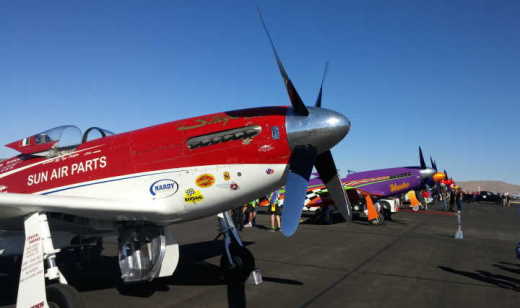
A warbird is any vintage military aircraft now operated by civilian organizations and individuals or, in some instances, by historic arms of military forces, such as the Battle of Britain Memorial Flight, the RAAF Museum Historic Flight or the South African Air Force Museum Historic Flight .Restored warbirds are a frequent attraction at airshows. Highly modified as well as "stock" warbirds can also frequently be seen at air races, since World War II-era fighters are among the fastest propeller-driven airplanes ever built. Some of the most popular warbirds for races are the North American P-51 Mustang, the Hawker Sea Fury , the Grumman F8F Bearcat. Amongst the Reno Champions two planes are legends. A P-51 named "Voodoo" and a F8F Bearcat named "RareBear".
Begun in 1964, the Reno Air Races feature multi-lap, multi-aircraft races among extremely high-performance aircraft on closed ovoid courses which range between about 3 miles (4.8 km) (Biplanes and Formula One) and about 8 miles (13 km) (Jet, Unlimited) in length per lap. The chief organizer is the Reno Air Racing Association (RARA).
Air racing has been an exciting spectacle since the early 1900s. Early challenges like the Schneider prize for seaplanes, launched in 1911, were meant to encourage progress in civil aviation but became contests primarily about speed. The Schneider trophy was a primary influence in increasing aircraft speeds from 150 mph at the end of the First World War to more than 400 mph in 1931. In the 1920s, air racing spurred aircraft development with major events such as the Cleveland Air Races, and proved to be a test of the nation's strengths in aviation technology.
The first Reno air races , in 1964 and 1965, were organized by World War II veteran Bill Stead . They took place at Sky Ranch airfield, a dirt strip barely 2,000 feet (610 m) long, which was in present-day Spanish Springs. After Stead Air Force Base (20 miles to the west, and named in honor of Bill's brother, Croston Stead) was closed in 1966, that field was turned over for public use, and the races have been held there since then. Aircraft in the Unlimited class, which consists almost entirely of both modified and stock World War II fighters, routinely reach speeds more than 400 miles per hour. In 2003, Skip Holm piloted Terry Bland's modified P-51D Mustang, Dago Red, and reached an all-time Unlimited class speed record of 507.105 mph in a six-lap race around the eight-and-a-half-mile course.
The Reno Air Races include two and a half days of qualifying, followed by four and a half days of multi-aircraft heat racing, culminating in the Unlimited Class Gold Race on Sunday afternoon. The event also features civil airshow acts and military flight demonstrations between races, plus vendor areas and a large civil and military static aircraft display.WW2F-Remembrance And Honor

My passion for fighter aircraft of the World War II era began at a early age. After a chance meeting with a legendary fighter pilot in my hometown of Columbus, Ohio. This occurrence happened in the late 1960’s at the height of the Vietnam War. One summer afternoon my grandmother sent me to pick up something from a friend who lived on the next block over. Her friend lived in the right side of a double. Walking up three steps to the front porch I noticed a man sitting quietly on the left half of the house. He was a nice-looking man with a soft brown skin complexion and soft wavy hair. When he noticed me, he suddenly said “hey young man let me show you something about your heritage.” He then got up from his chair and went inside. After a few minutes he returned with a thick photo album. He shared with me that he was a fighter pilot during World War II, Korea and Vietnam. I was excited, I had never met a fighter pilot before. I can’t remember if he mentioned that he was a member of the famous Tuskegee Airmen. But I do remember that he did say Negro pilots during the second World War. We spent over an hour together viewing his memories. He ended by telling me, “Be proud of who you are.”
Now that I look back on it, it’s a wonder my grandmother didn’t come looking for me for taking so long! Fast forward thirty years and one evening while watching a favorite show at that time – the History channel’s Wings. A show about the history of notable aircraft. This episode was about the Tuskegee Airman. I watched with great interest as they interviewed pilots about their exploits during the war. One pilot caught my attention. Charles McGee I thought to myself, I know him. He was the pilot I had met in my youth. A short time later while visiting my late father in Los Angeles, we visited the Planes of Fame Museum. Another excellent site is The Virginia Military Aviation Museum. Another fine historical and restoration museum is the Aero Corner. Also, another favorite site is Chuck Hawk. Its military aircraft articles are a excellent history source. Naval, Aviation and Military History
Like my meeting with Charles McGee, the museum visit was just as exciting. We had the good fortune to meet the legendary pilot, Steve Hinton. Walking through the giant hangar that housed all the great fighters of the second world war, was a nice experience. My father was a veteran. He served in the USMC during the Korean war as a aircraft mechanic. So he and Steve shared a conversation about prop and jet engines. I posed for a picture next to a P-51 Mustang and my father did the same with a P-38 Lightning. During the drive back home, my father said to me, “I’m glad you suggested this trip.” Like the Planes of Fame Museum there are many wonderful museums and associations around the world dedicated to educating and remembering the contributions of aviation, and the men and women who made it happen. From what I can see, the consensus amongst scholars and enthusiast is that one fighter aircraft may be the best. The North American P-51 Mustang seems to hold that honor. Be that as it may, it’s only fitting the “Greatest Generation” would create the greatest plane.
